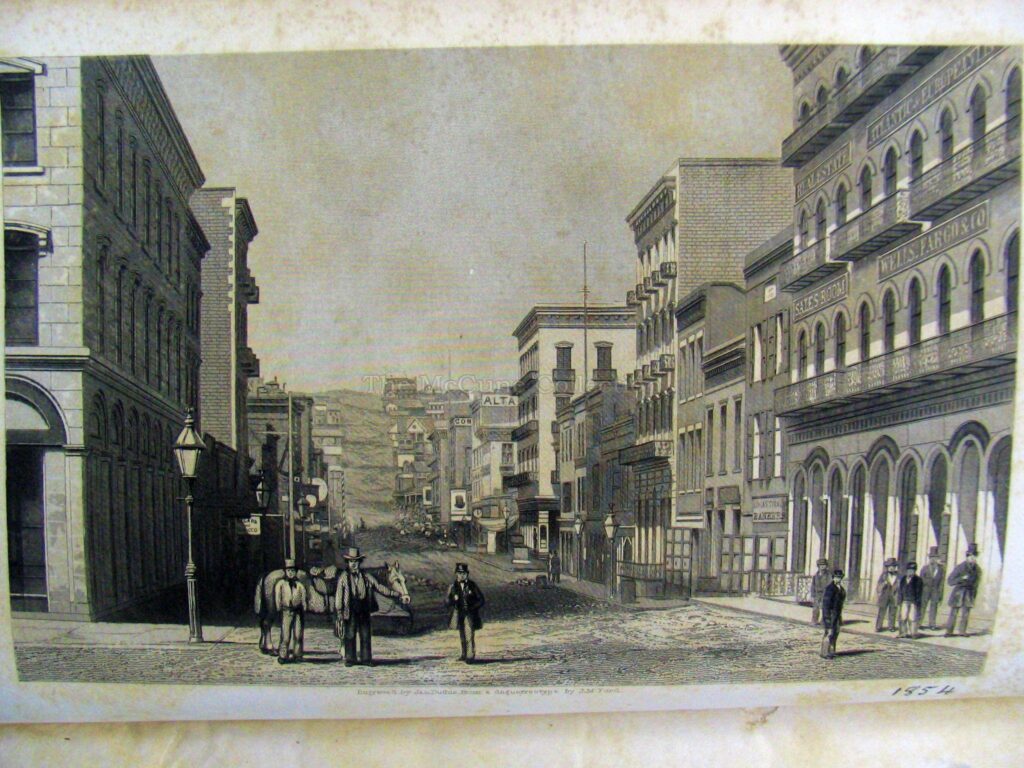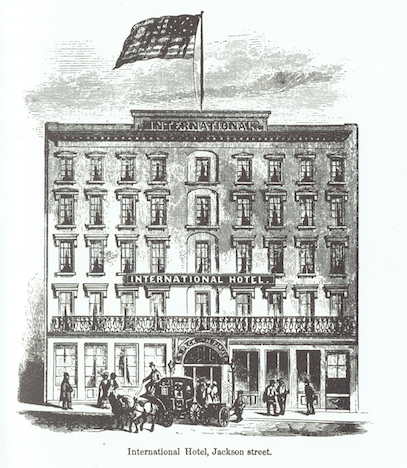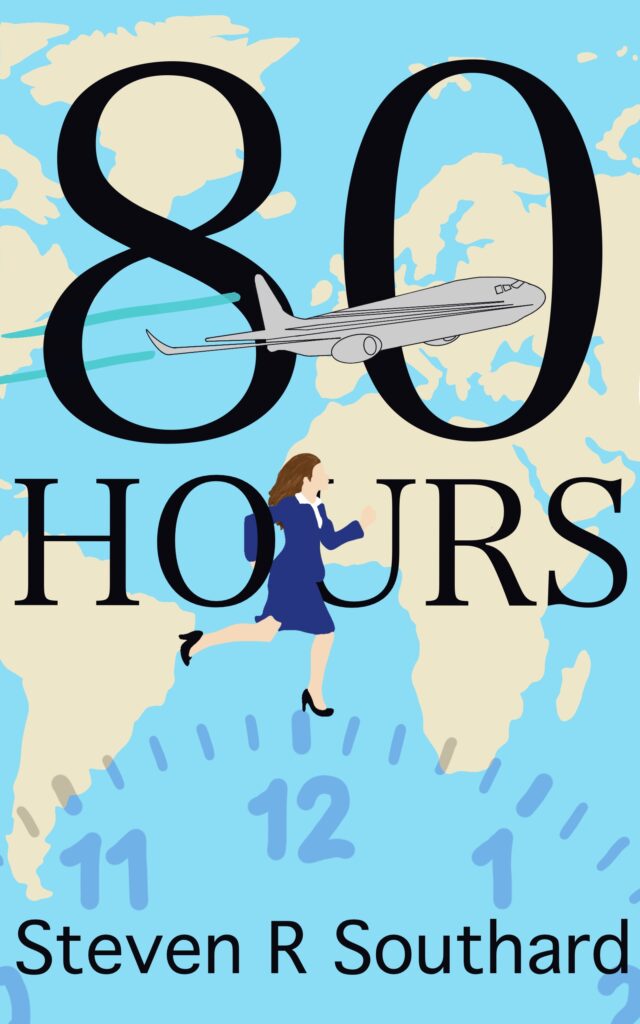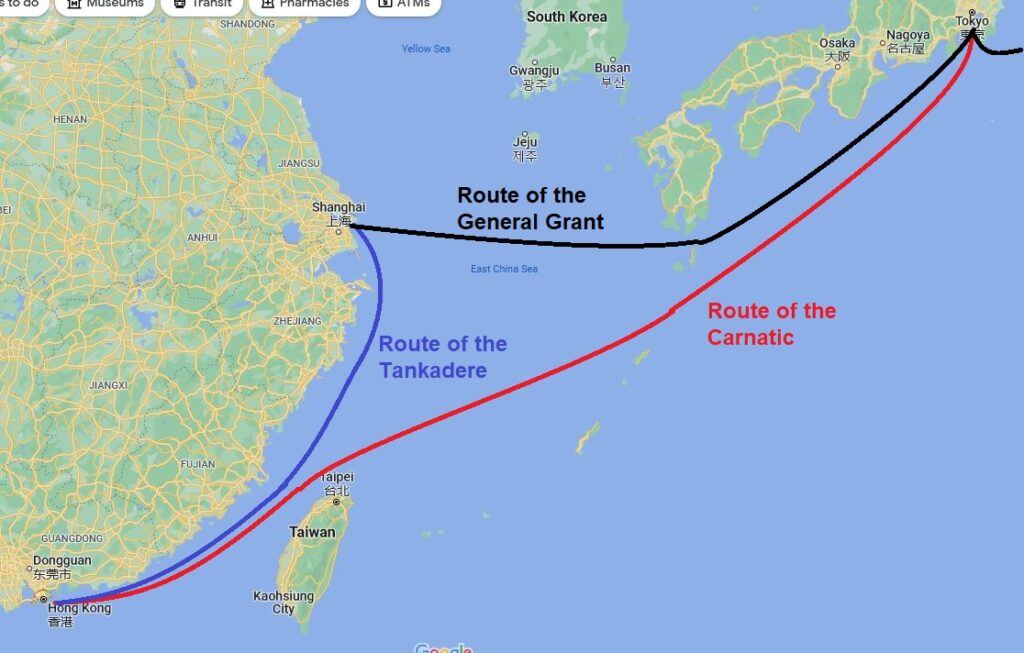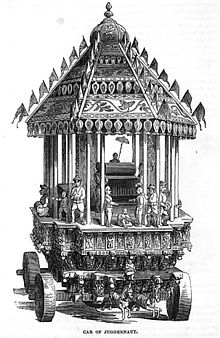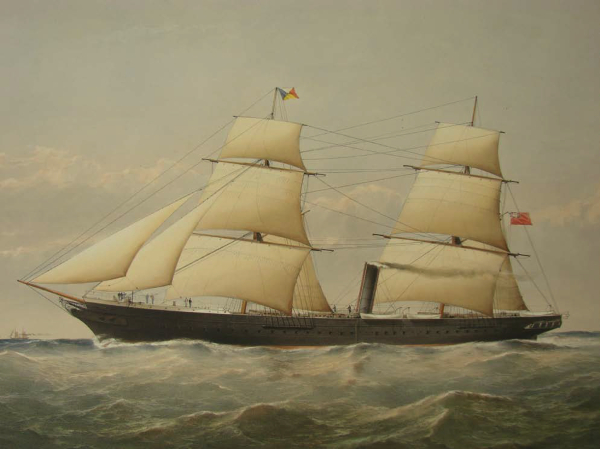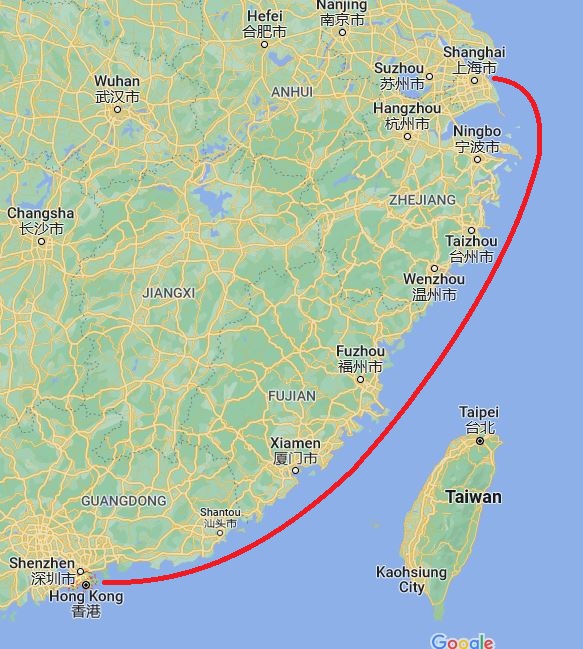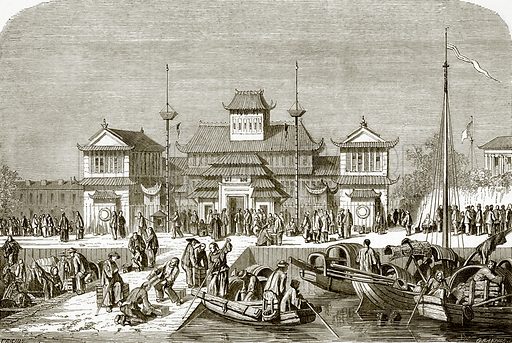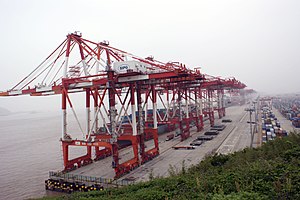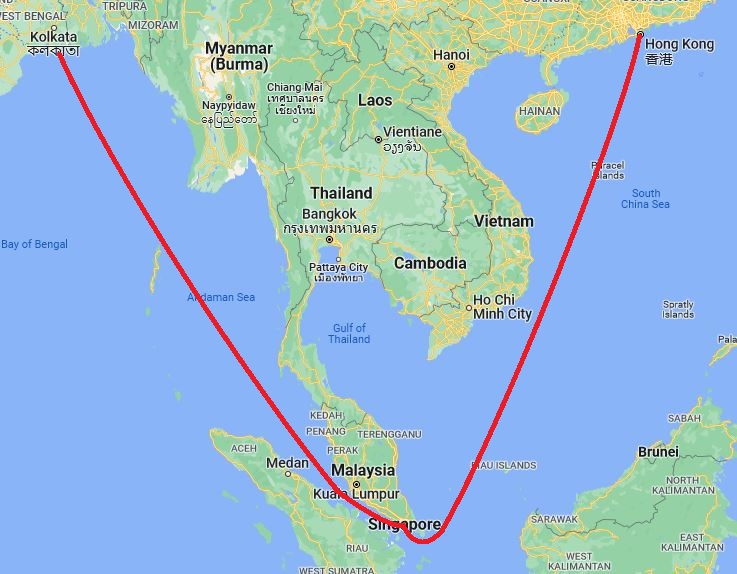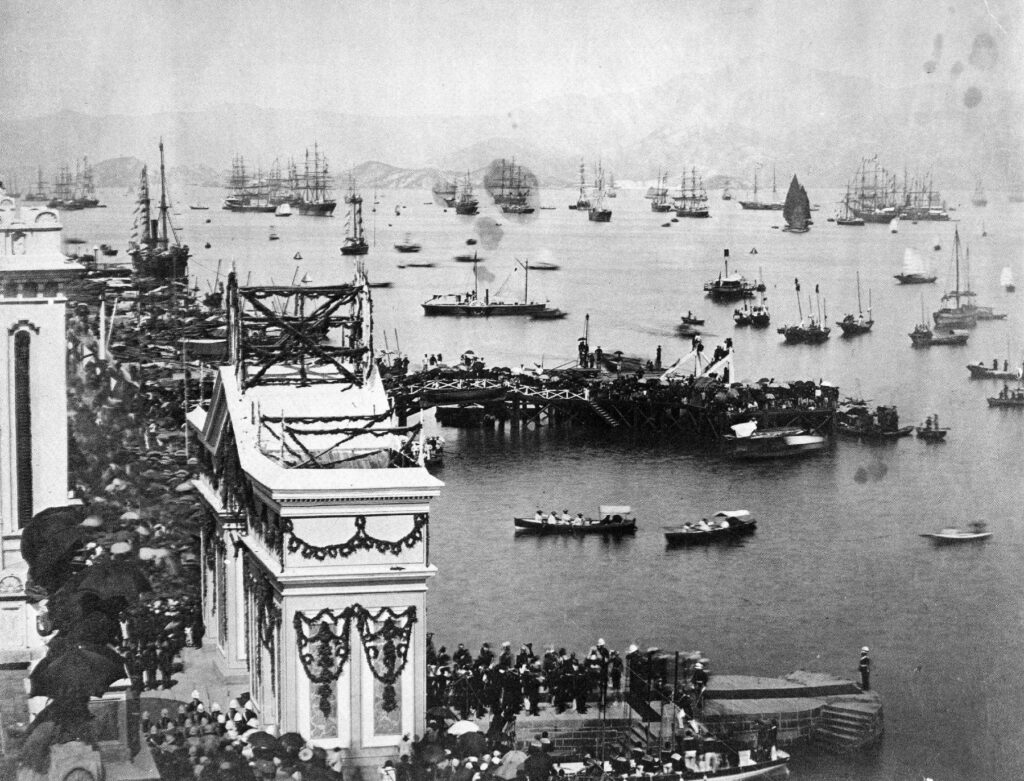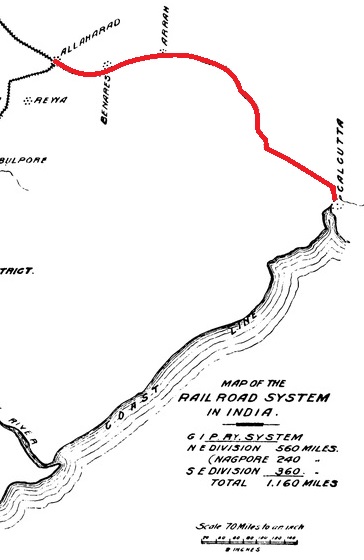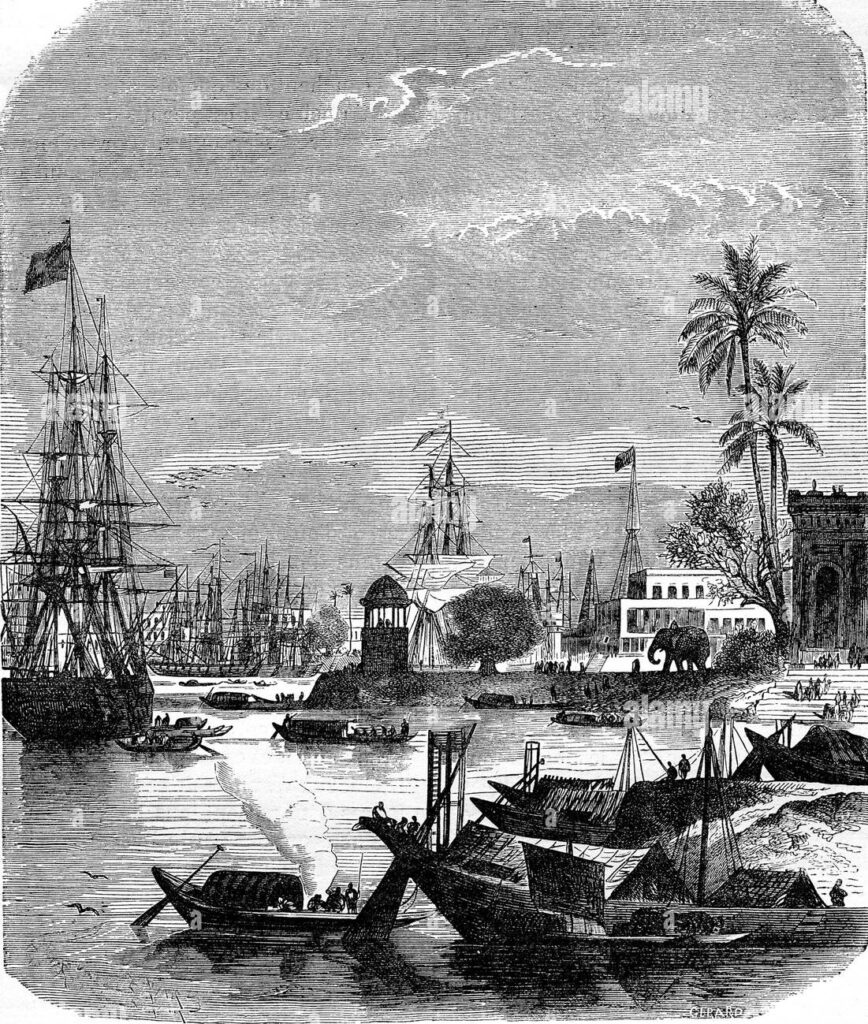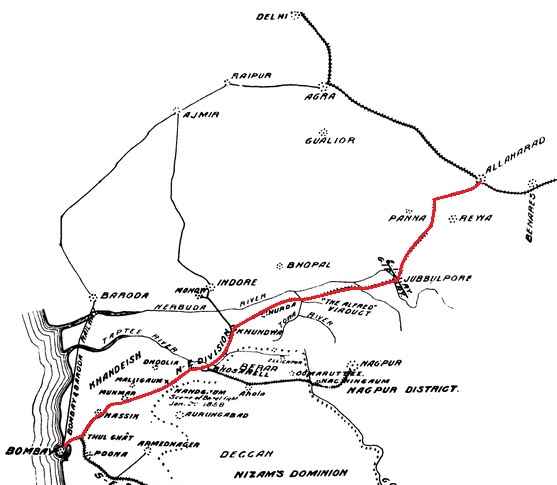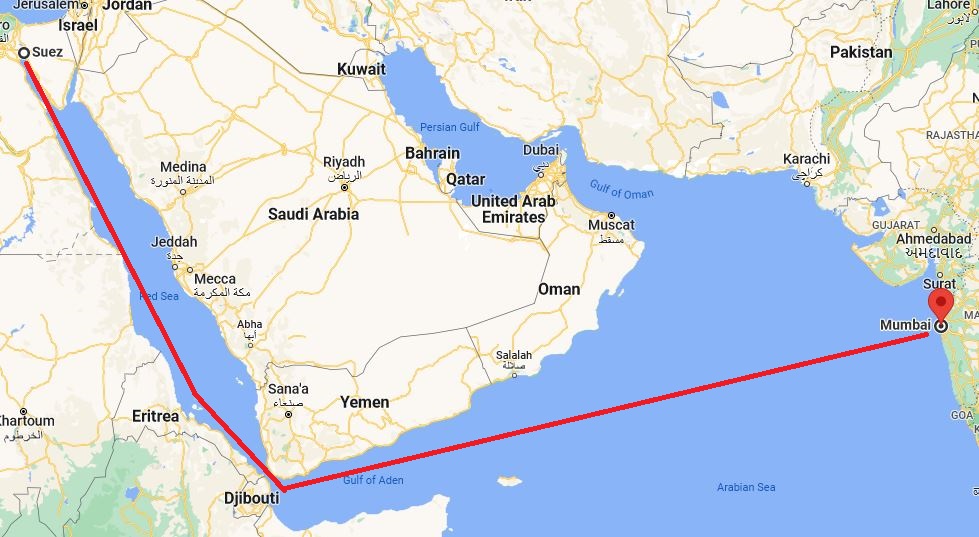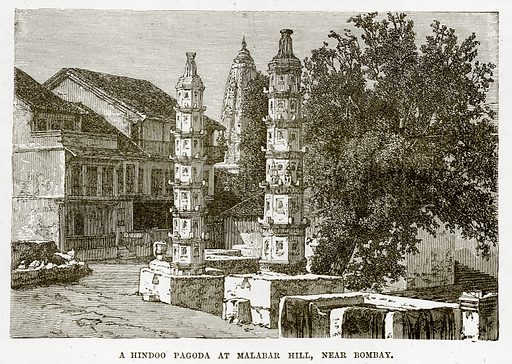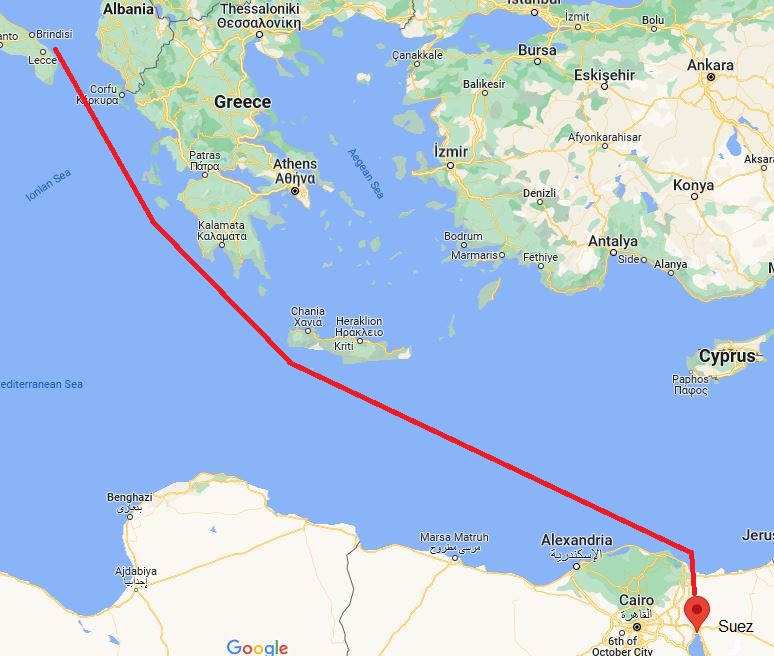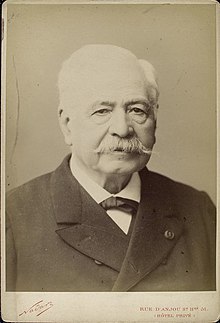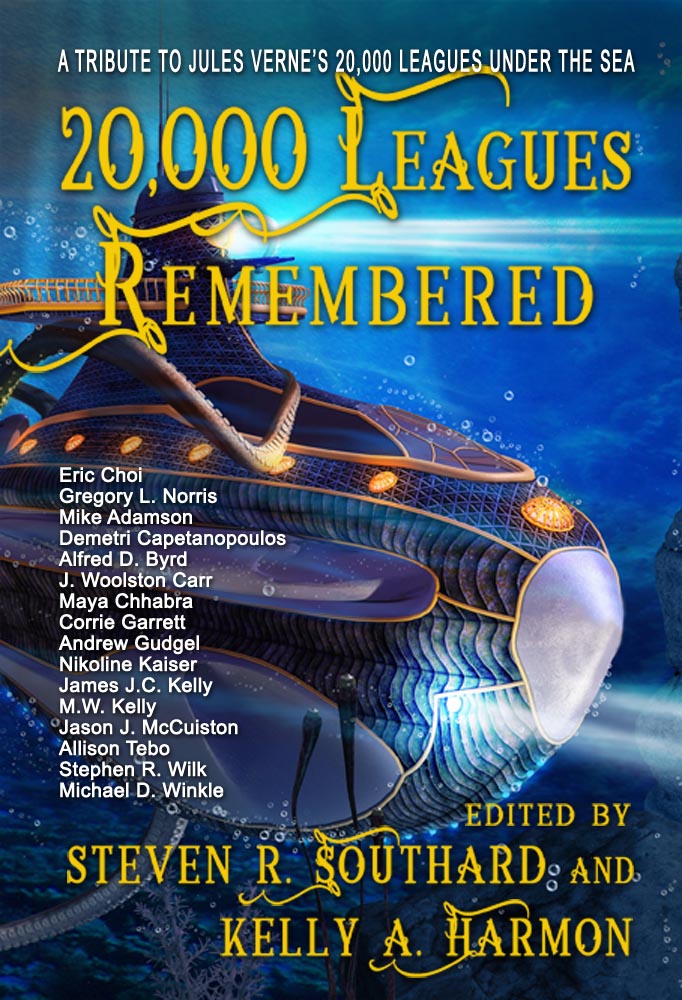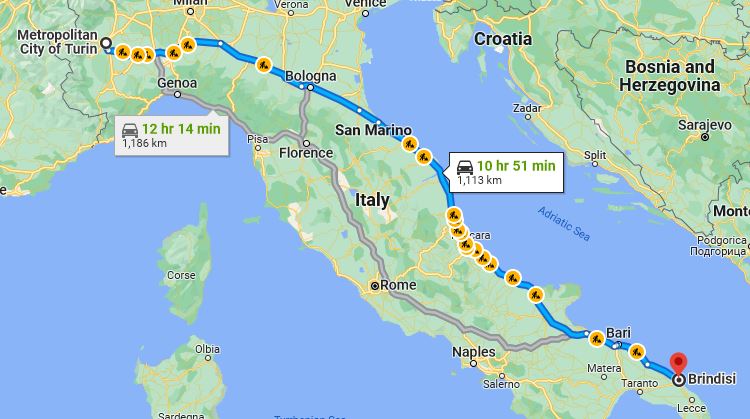It’s been awhile, but we’re back on course with my blog-trip Around the World in Eighty Days, 150 years after the novel’s publication. Phileas Fogg and his companions crossed the Pacific and reached San Francisco, after sailing from Yokohama.
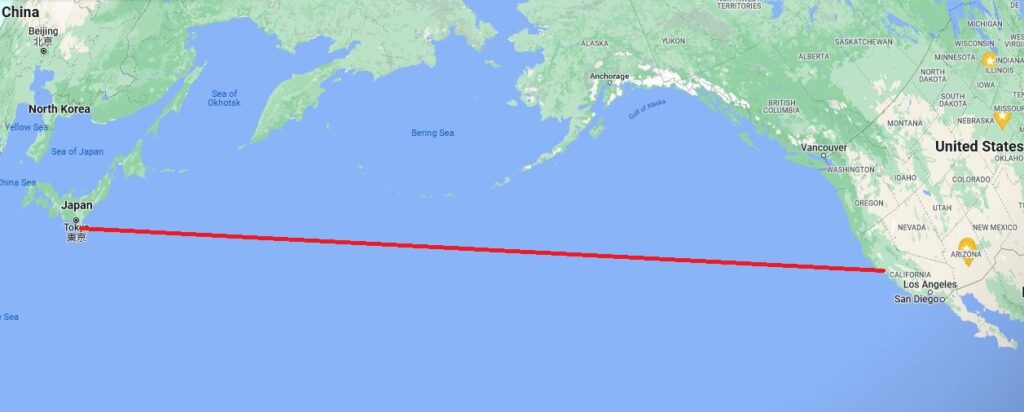
So far, they’ve traveled 17,967 miles. That’s 73.2% of the distance, but they’ve consumed 77.5% of the wagered 80 days, so Fogg is behind schedule.
They sailed aboard the SS General Grant of the Pacific Mail Steamship Company. That company existed, though it closed down in 1949. Their fleet never included a ship named SS General Grant. Verne could have picked a real ship, but didn’t. Of note, a three-masted ship by that name existed, though not as large as Verne’s fictional one. It wrecked off the Auckland Islands in 1866.
In the story, the ship arrived at 7:00am but the train to Ogden, Utah wouldn’t depart until 6:00pm, so they visited San Francisco. Fogg got his passport visaed, as he’d been doing all along at British consulates. Passepartout, fearful of attacks on trains by Native Americans, suggested the purchase of some firearms. Detective Fix, who’d taken the same ship across the Pacific, asked Fogg if he could accompany the group back to London. Fogg agreed, not knowing Fix intended to arrest him. They ate at the International Hotel.
The group got caught up in the clamor of election day riots on Montgomery Street. A candidate named Camerfield ran against an opponent named Mandiboy. The disturbance turned violent and Fogg had a run-in with a ruffian named Colonel Stamp Proctor. Later, Fogg learned the election concerned, not a president or even a mayor, but a justice of the peace—Verne’s little joke about American democracy.
American elections typically occurred, then and now, in November, not December. The country had elected Ulysses S. Grant on November 5, with votes just tabulated on the 29th. San Franciscans had elected William Alvord as mayor the year before. Citizens of that city numbered about 150,000.
Today, Montgomery Street stretches from Pioneer Park and the Coit Tower in the north, past Telegraph Hill, then the TransAmerica Pyramid, to Market Street at the south end. The U.S. President is Joe Biden. San Francisco’s mayor is London Breed, and the city’s population exceeds 815,000.
The International Hotel, or I-Hotel, existed and enjoyed a rich history. Built in 1854 on Jackson Street, it moved to Kearny Street in 1873 (just after Verne’s story), was rebuilt in 1907 after the earthquake, and demolished in 1981.
In 2022, you don’t need to spend nineteen days aboard a ship to travel from Yokohama to San Francisco. You can fly from nearby Tokyo to San Fran in about thirteen hours.
As a reminder, you may now buy my book, 80 Hours, in paperback form here. It’s my tribute to, and modern take on, Jules Verne’s classic tale.
Back when he made the bet, Fogg stated, “The unforeseen does not exist.” This trip has included almost nothing but the unforeseen. Our party now boards the train and heads for Ogden, Utah. They should reach that city in a couple of days without any excitement or adventure. Let’s sneak aboard and join them, shall we? Just you and—
Poseidon’s Scribe


